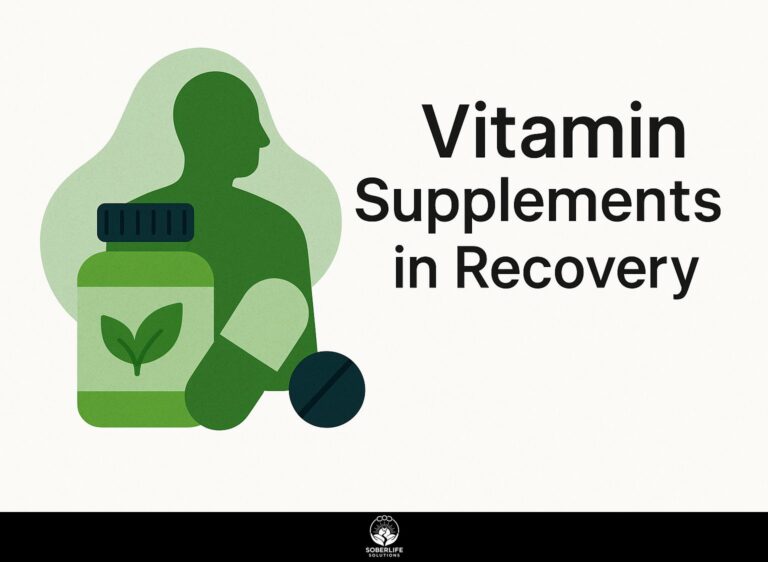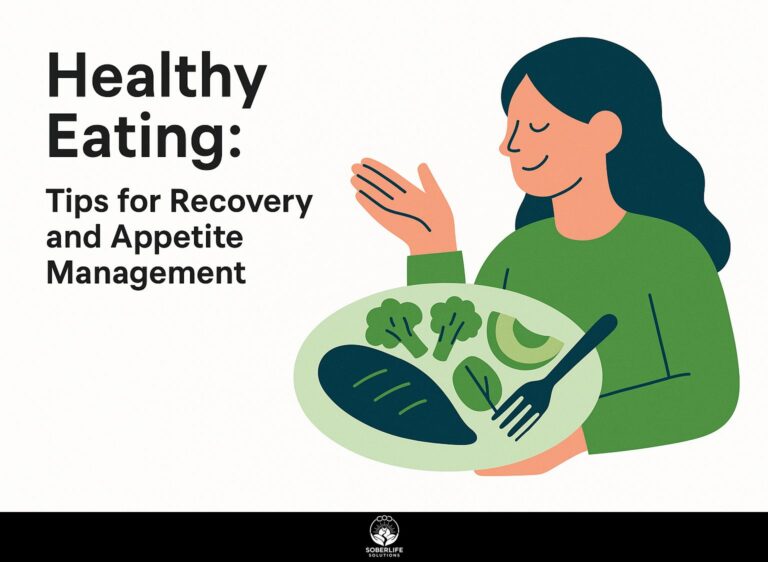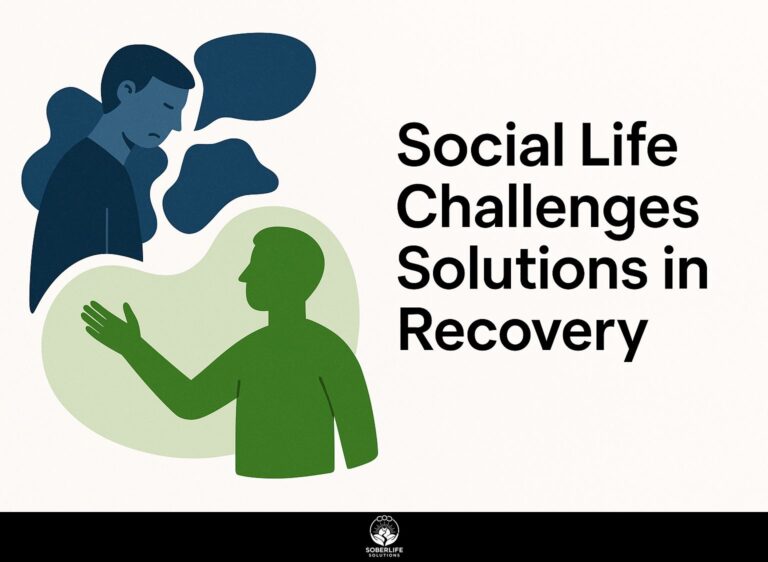Building an Accountability Network
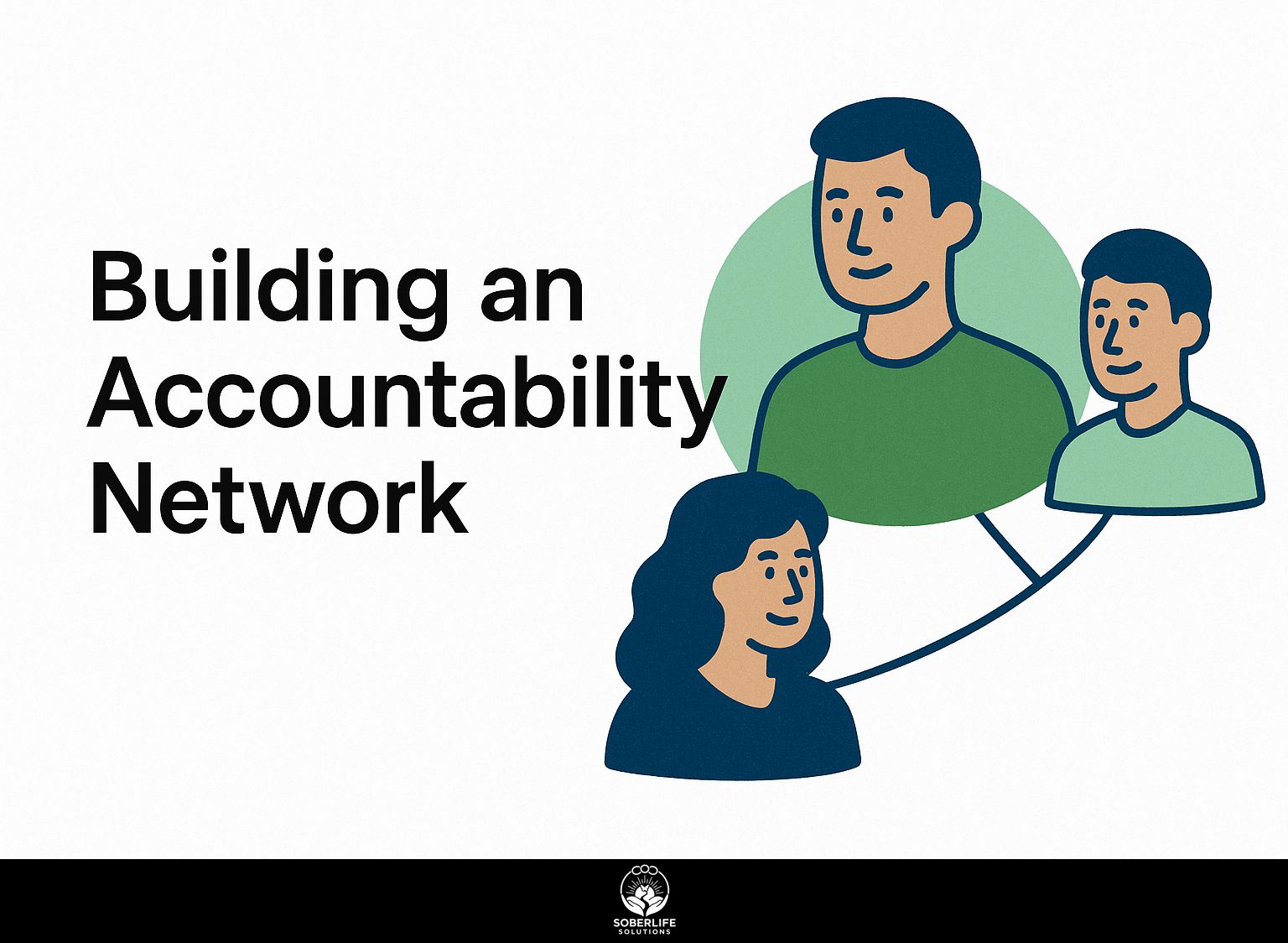
In the quest for personal and professional growth, building an accountability network is essential. Groups like the Creator Accountability Network started by Erica Mathews build trust among members while encouraging them to reach their goals. This article explains the benefits of responsibility and shows you how to build a strong support system to help you succeed. Build strong relationships to help your goals grow!
Key Takeaways:
Definition and Purpose
An accountability network is a structured group where individuals come together to support each other’s goals and hold one another accountable for achieving them.
These networks build dedication by having routine meetings and updating each other on progress.
For example, the Creator Accountability Network offers weekly meetings where members discuss their objectives and challenges.
Tools like Slack or Discord are often used for real-time communication, ensuring members stay engaged. Setting up a shared Google Calendar helps everyone remember important dates and objectives.
By building an environment of openness and help, people are more likely to stick to their goals, which increases work output and personal development. This aligns with findings from The Guardian, which suggests that having accountability partners can significantly boost success in various aspects of life. For those interested in structured support, exploring the role of peer support in detox centers can provide valuable insights into how a supportive environment fosters commitment and recovery.
Benefits of Accountability
People who join accountability groups often see a 30% rise in reaching their goals. This happens because of better support and dedication to common goals.
To maximize these benefits, consider joining platforms like Meetup for local groups or online communities on Facebook or Reddit that focus on your specific goals.
Establish regular check-ins, whether weekly or bi-weekly, to discuss progress and challenges.
Use tools like Trello or Asana to work together on tracking tasks and milestones.
Research indicates that frequent interaction with others can increase motivation by giving individuals a sense of connection and meaning, which makes reaching goals easier and more enjoyable. This claim is backed by a comprehensive article on Inc. showing how accountability buddies can significantly boost success rates.
Identifying Your Goals
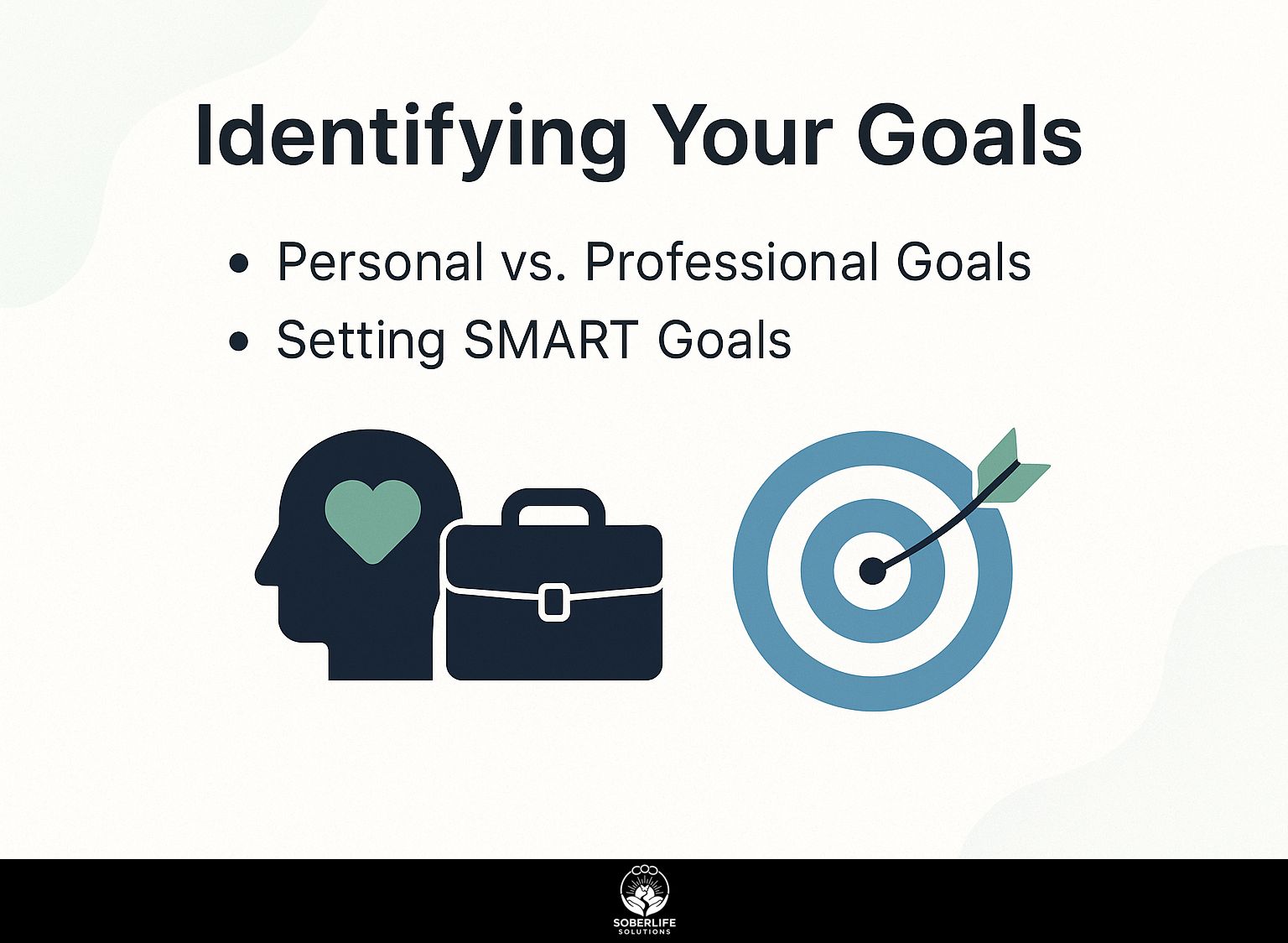
Setting clear goals is important for building accountability groups, so everyone stays focused and works towards real outcomes. To further bolster these efforts, developing self-awareness in addiction recovery can be a crucial next step, enhancing the effectiveness of goal-setting by promoting deeper personal insight and motivation.
Personal vs. Professional Goals
Clearly separating personal and work goals helps people in support groups share expectations and use each other’s strengths well.
Personal goals often center around health, hobbies, or personal development, while professional goals are related to career advancement, skill acquisition, or networking.
To clearly state these goals, members can use the SMART criteria to ensure they are clear, quantifiable, attainable, important, and have a deadline. For instance, a personal goal could be `run a 5K by the end of the year,’ while a professional goal might be `attain a certification in project management within six months.’
Regularly sharing these goals with accountability partners can strengthen your commitment and help you monitor progress.
Setting SMART Goals
Setting goals with the SMART method (Specific, Measurable, Achievable, Relevant, Time-bound) clarifies objectives and ensures teams are responsible. Recent analysis from Smartsheet suggests that writing SMART goals is crucial for productivity and team success.
To create clear SMART goals, start with specific objectives. For example, a personal trainer might set a goal to increase client retention by 20% within six months, making sure the goal is measurable and time-bound.
Financial advisors, on the other hand, could set a goal to onboard five new clients each quarter, ensuring their targets are both achievable and relevant to their business growth.
Collaborate with group members to align individual goals with team objectives, facilitating support and accountability. Regular check-ins can help assess progress and make necessary adjustments to strategies.
Choosing the Right Network Members
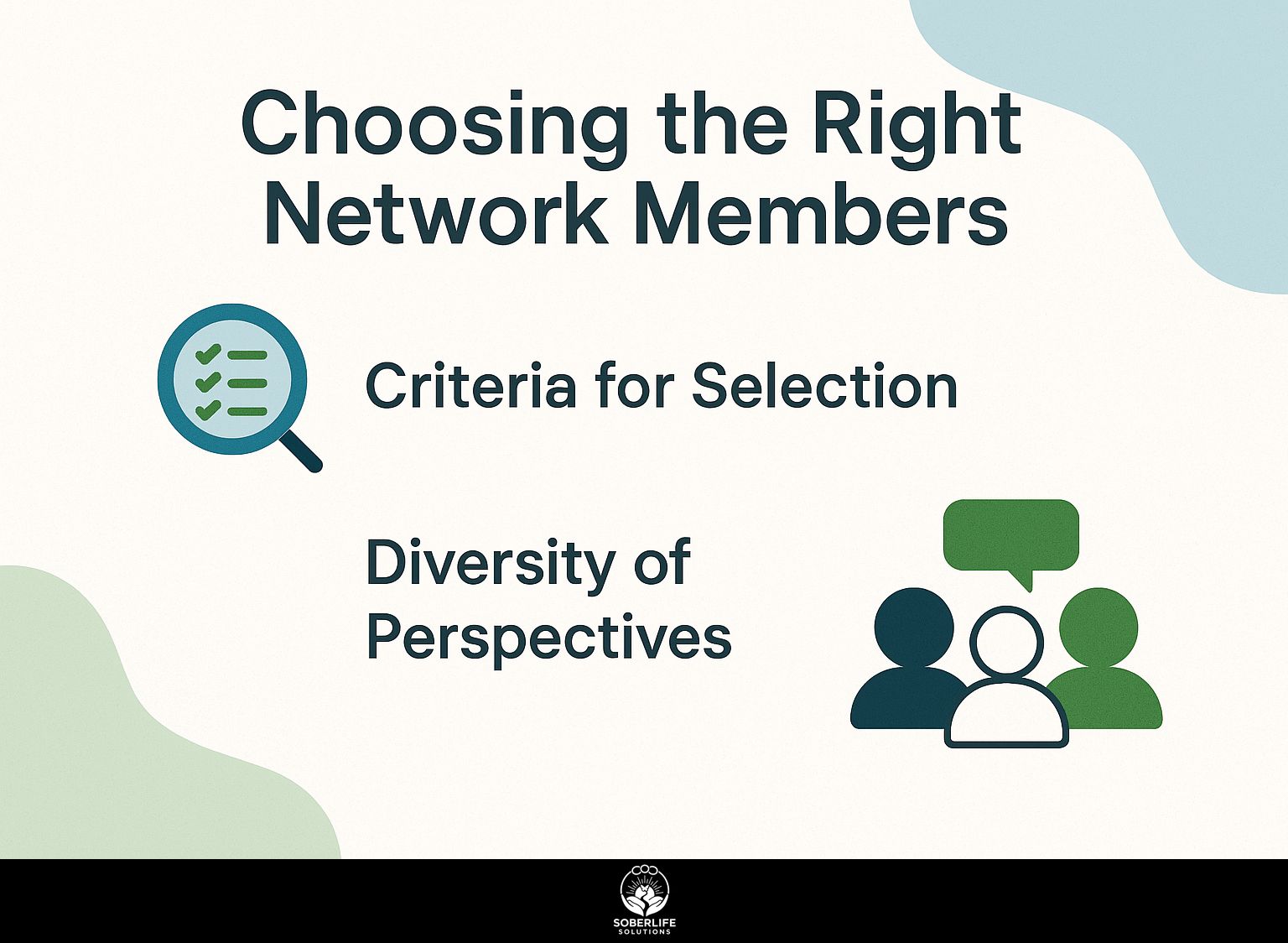
Choosing the right people for your accountability group is important for creating a productive space that welcomes different ideas and mutual help.
Criteria for Selection
Key selection criteria for accountability network members should include trustworthiness, commitment to goals, and a willingness to engage actively.
Look for members with different skills or backgrounds to make group discussions more interesting. For example, someone with experience in digital marketing can improve your planning meetings, while a person knowledgeable in personal finance can provide useful advice on budgeting for projects.
To keep track of member engagement and progress towards goals, tools like UpCoach or Trello can be beneficial. These platforms help users stay accountable by allowing them to set their own goals, ensuring that they remain focused and encouraged.
Diversity of Perspectives
A diverse accountability group can offer different viewpoints and fresh ideas, significantly increasing the help and resources available to members.
People from various backgrounds offer different views that question traditional ideas. For example, a group with people from education, business, and creative fields can encourage new ideas during discussions.
To increase these benefits, establish clear rules such as frequently changing the meeting leaders, so everyone has an opportunity to speak. You could also use collaborative tools like Miro for brainstorming sessions or Google Docs for shared notes, allowing each member to contribute asynchronously.
Having different types of input helps the group solve problems better and makes it more effective overall.
Establishing Communication Norms
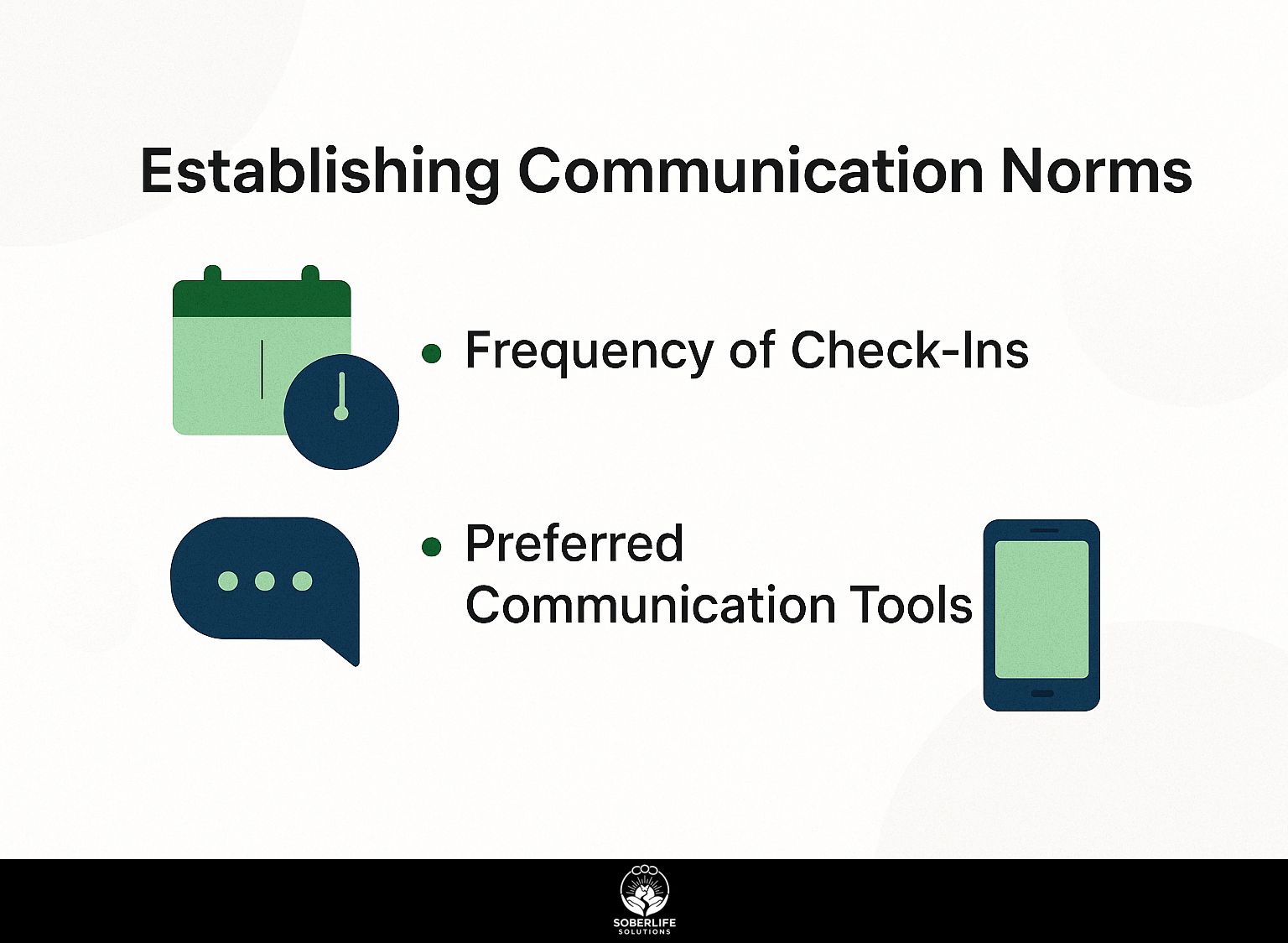
Having clear communication guidelines is important to include everyone and make sure all team members feel responsible and supported. Curious about how these principles align with formal training? Our insights on Peer Support: Certification, Policies, and Training might provide some answers.
Frequency of Check-Ins
Weekly meetings help keep members responsible, giving them a chance to discuss their progress and adjust their goals if needed.
To structure these meetings effectively, start with a concise agenda that includes progress updates, challenges faced, and next steps.
Consider using tools like Trello or Asana for visual tracking of tasks and milestones. Aim for a duration of 30-45 minutes to maintain engagement without causing fatigue.
Encourage each member to prepare a quick status update to keep the discussion focused and relevant.
Having different people lead the group each week can help build leadership skills and bring new ideas.
Preferred Communication Tools
Using communication tools like Slack and Zoom can simplify interactions and improve cooperation within accountability networks.
To improve teamwork, try using Trello for organizing tasks. You can see how projects are moving forward with boards and lists.
Asana is another excellent choice, offering features like timelines and project tracking for teams.
Google Drive allows users to collaborate on documents simultaneously, ensuring everyone is updated.
Using these tools with Slack makes communication smooth, allowing your team to stay in touch and handle tasks effectively.
Depending on your team’s size and needs, each of these tools has free and paid plans available.
Creating Accountability Structures
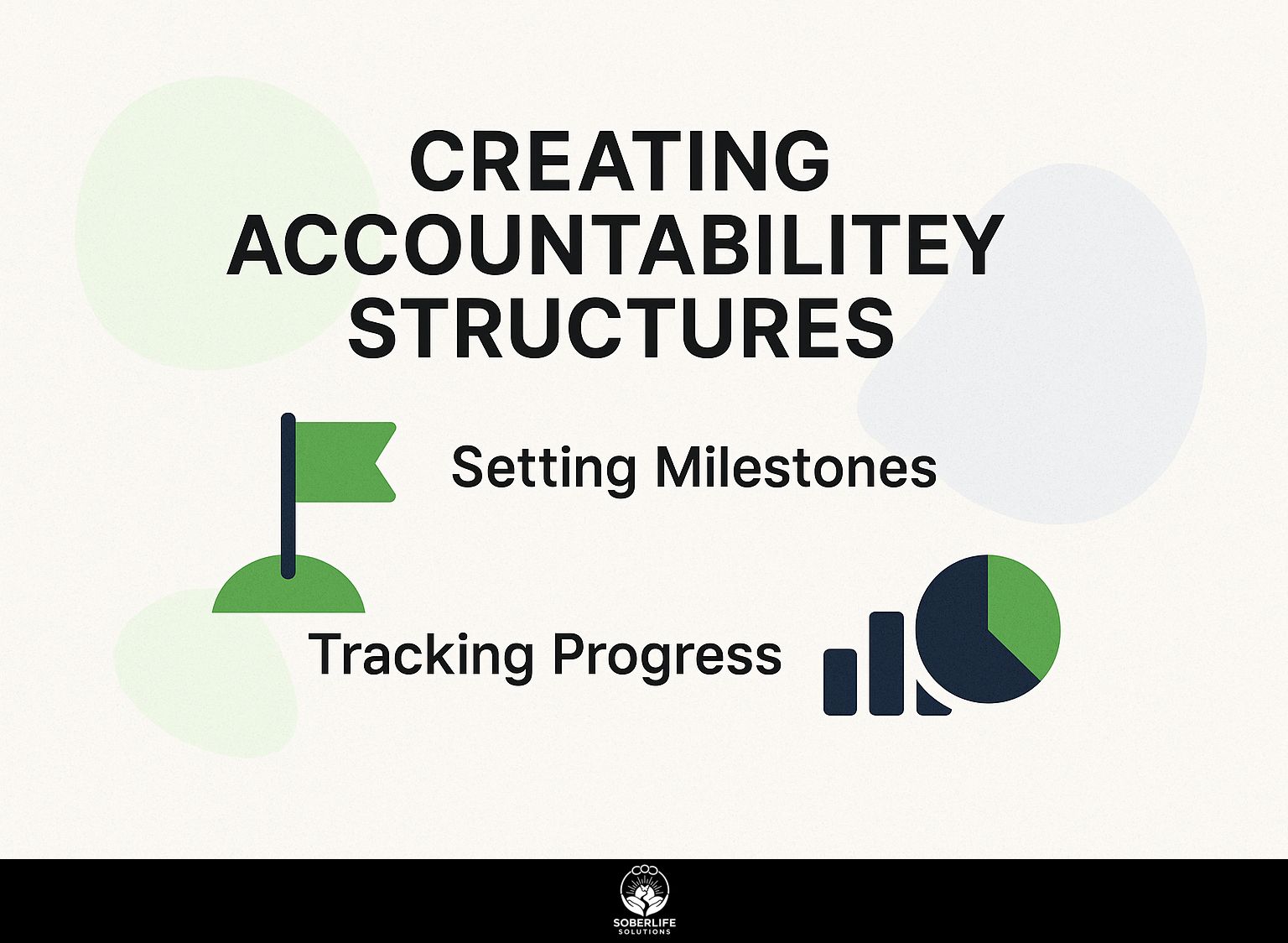
Setting goals and tracking progress can greatly improve how well accountability groups work.
Setting Milestones
Dividing big goals into smaller, doable steps can help keep motivation high and offer clear progress markers for team members.
- Start by identifying a significant overall goal, such as launching a project or completing a training program.
- Break it down into smaller milestones, like completing research, drafting content, or scheduling meetings. For instance, if your goal is to write a book, set milestones for each chapter.
- Use tools like Trello for tracking progress, allowing your team to visualize each step.
- Recognize accomplishments with small rewards like a team lunch or public praise, to lift spirits and strengthen dedication to the bigger objective.
Tracking Progress
Using tools like Trello or Google Sheets to monitor progress can help maintain clear communication and responsibility among group members.
To effectively set up a tracking system, start by creating a shared Trello board with lists for each project phase.
Assign tasks to individual members with clear deadlines. Alternatively, in Google Sheets, create a detailed spreadsheet that includes columns for task descriptions, assigned members, status updates, and due dates.
Recommend organizing weekly meetings or sending alerts to keep information up-to-date. Both methods encourage open communication, allowing progress to be tracked and any possible obstacles to be identified as they happen.
Maintaining Motivation and Support
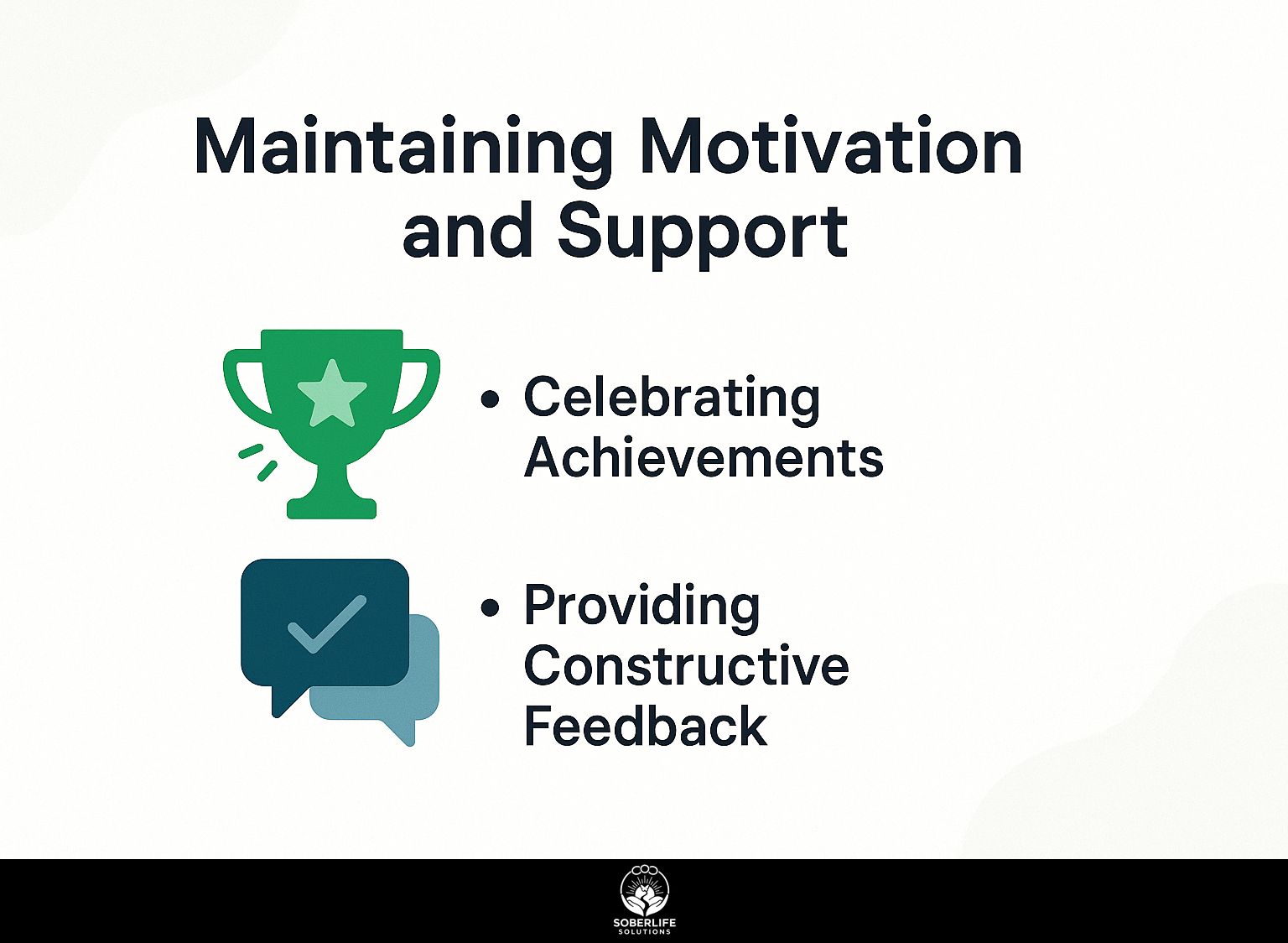
Keeping motivation strong in accountability networks needs planned methods for recognizing successes and offering helpful feedback.
Celebrating Achievements
Acknowledging and celebrating personal and team accomplishments can build community spirit and motivate continued dedication within accountability networks.
Think about using certain ways to improve recognition, like holding monthly virtual acknowledgments on platforms like Zoom to openly highlight achievements.
You might also establish a ‘Virtual Achievement Wall’ using tools like Trello or Miro, where members can post their milestones.
Giving small, custom awards-like digital badges or certificates-can increase motivation. These strategies create a sense of belonging and keep energy high, ensuring participants feel appreciated and part of the group.
Providing Constructive Feedback
Giving useful feedback in a considerate way can strengthen relationships and help accountability groups get better over time.
To provide constructive feedback, focus on specific actions rather than personal traits. For instance, instead of saying “You did a poor job on the presentation,” try, “Your slides were informative, but consider simplifying the data for clarity.”
When receiving feedback, listen actively and ask clarifying questions. Say something like, “Thanks for your feedback; I’ll work on making my visuals easier to understand next time.”
This sets up honest communication, builds trust, and helps your group develop.
Evaluating the Network’s Effectiveness
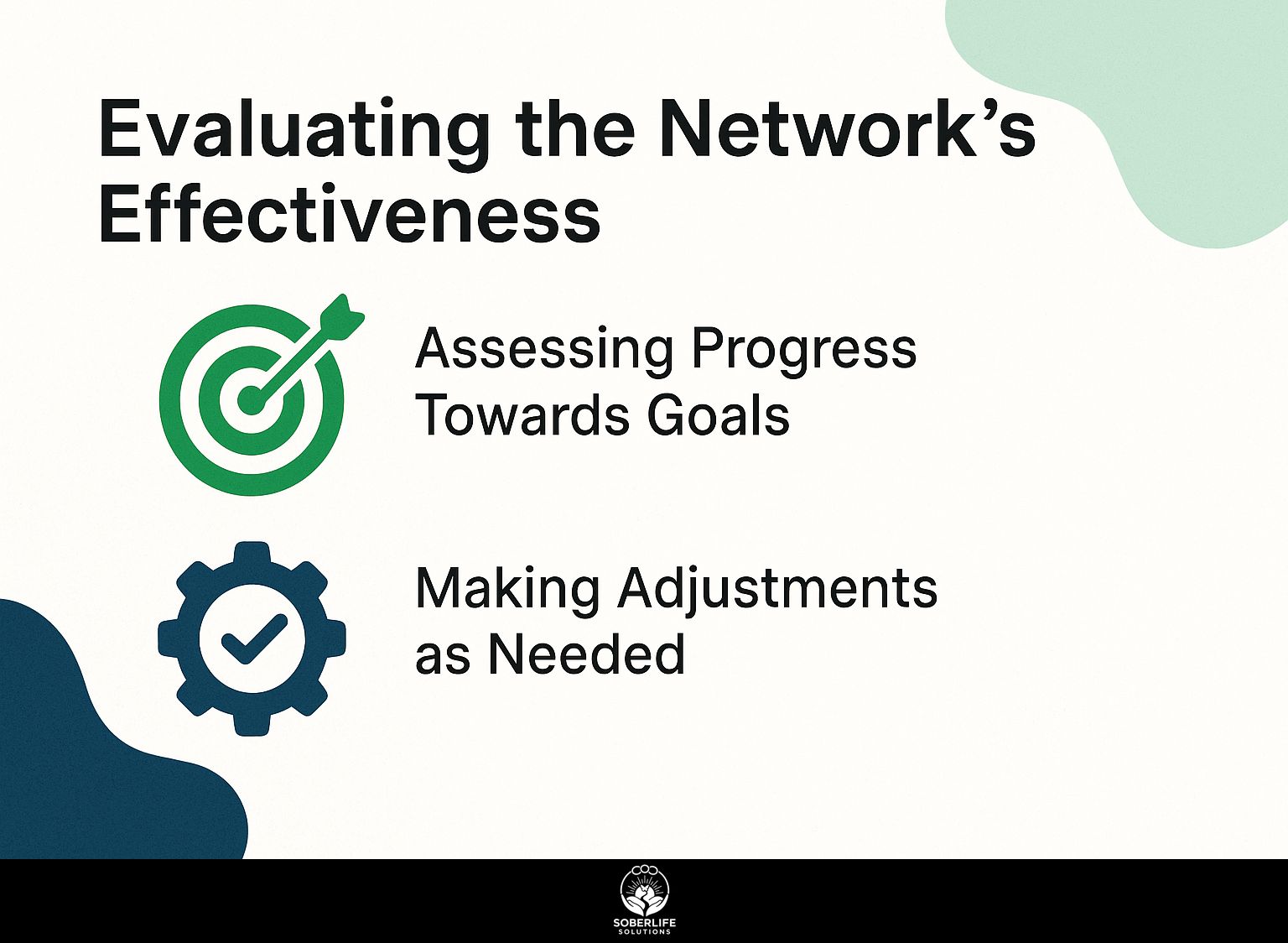
Regularly checking how well the network is working is important to make sure goals are achieved and the group stays focused on its mission. This approach aligns with the principles outlined in our analysis of group counseling dynamics and success rates.
Assessing Progress Towards Goals
Regular reviews of how well individuals and groups are doing can show where improvements are needed and help refocus efforts toward common objectives.
To effectively evaluate progress, implement quarterly reviews focusing on specific metrics such as completion rates, quality of work, and collaboration levels.
Use tools like Trello for project tracking, allowing for visual goal assessment, or Google Analytics to monitor engagement with group initiatives.
Gather feedback through anonymous surveys to identify areas needing support. Work together to record and talk about these evaluations, supporting openness and promoting helpful talks about successes and difficulties.
Making Adjustments as Needed
Changing goals and how team members interact can improve how well accountability groups work.
For example, if a team regularly fails to meet deadlines, it is necessary to review the schedule.
One approach is to hold a quick feedback session to identify obstacles-whether they are personal commitments or unclear expectations.
Tools like Trello or Asana can help visualize tasks and progress, enabling real-time adjustments.
Letting different people lead the group can introduce fresh ideas and encourage everyone’s participation.
By remaining open to change and prioritizing transparent communication, groups can build resilience and maintain momentum toward their objectives.
Frequently Asked Questions
What is an accountability network and why is it important?
An accountability network is a group of individuals who support and hold each other accountable to reach their goals. It is important because it provides motivation, encouragement, and a sense of community for personal growth and development.
How do I build an accountability network?
To build an accountability network, start by identifying individuals who share similar goals and values as you. Reach out to them and ask if they are interested in forming an accountability group. Regularly communicate and set specific goals with each other to begin building your network.
What are the benefits of having an accountability network?
Some benefits of having an accountability network include increased motivation, support, and a sense of community. It also helps to keep you accountable and on track towards achieving your goals.
How do I maintain my accountability network?
Maintaining an accountability network requires consistent communication and follow-through on commitments. It is also important to provide support and encouragement to other members of the network to keep the group strong and cohesive.
What happens if I am struggling to meet my goals in my accountability network?
If you are struggling to meet your goals in your accountability network, don’t be afraid to reach out for help. Your accountability partners are there to support you and can offer advice and motivation to help you overcome any obstacles.
Can I join an existing accountability network?
Yes, you can join an existing accountability network by reaching out to the group and expressing your interest. Be open and honest about your goals and how you can contribute to the group. Networking and building connections is a key part of building a successful accountability network.


